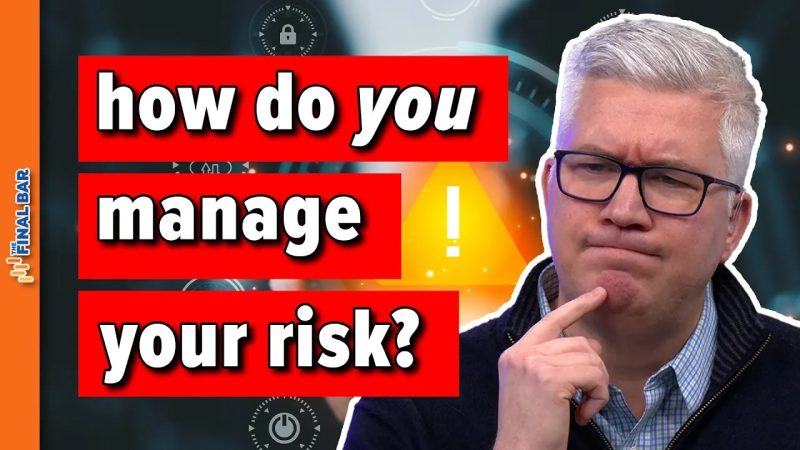In the world of investing and trading, managing risk is a crucial element of achieving long-term success. One widely used method for managing risk in the financial markets is through technical analysis. Technical analysis involves studying historical price charts and using various analytical tools to make informed trading decisions. By analyzing past price movements, traders and investors can identify potential trends and patterns that may help predict future price movements.
One key aspect of managing risk through technical analysis is the use of support and resistance levels. Support levels are price levels where a security has historically had difficulty falling below, while resistance levels are price levels where a security has struggled to move above. By identifying these levels on a price chart, traders can set stop-loss orders below support levels to protect against downside risk and take-profit orders near resistance levels to capture profits.
Another important tool in managing risk using technical analysis is the use of trendlines. Trendlines are diagonal lines drawn on a price chart that connect consecutive lows or highs. By analyzing the slope and direction of trendlines, traders can gain insight into the overall trend of a security. Following the trend can help traders avoid taking positions against the prevailing market direction, reducing the risk of losses.
Moving averages are another popular technical analysis tool used for managing risk. Moving averages smooth out price data by calculating the average price over a specific time period. Traders often use moving averages to identify trends and potential entry and exit points. By observing the relationship between different moving averages, traders can assess the strength of a trend and make more informed trading decisions.
In addition to support and resistance levels, trendlines, and moving averages, technical analysis also includes indicators such as the Relative Strength Index (RSI) and the Moving Average Convergence Divergence (MACD). These indicators help traders identify overbought or oversold conditions in the market, as well as potential trend reversals. By incorporating these indicators into their analysis, traders can better manage risk by timing their trades more effectively.
Overall, managing risk using technical analysis involves a combination of chart analysis, trend identification, and the use of various technical indicators. By employing these tools and techniques, traders can make more informed decisions, reduce the potential for losses, and increase their chances of success in the financial markets. While no strategy can eliminate risk entirely, a disciplined approach to technical analysis can help traders navigate market volatility and uncertainty with greater confidence.

